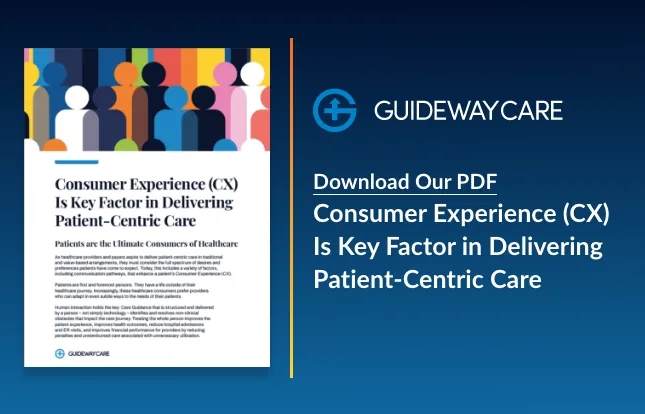How To Reduce No Show Appointments In Healthcare

When it comes to scheduling efficiency, it’s one of the most important parts of your practice. If you have no-shows, it can have a detrimental effect on your medical office. However, this can often be a difficult task to manage.
So in this article, let’s talk about how to reduce no show rates in outpatient clinics and why it is so important.
The Importance Of Reducing No-Shows
Patients who no-show are a bad look for your healthcare practice. First of all, it makes it look like your services are not as in high demand. Secondly, it wastes a lot of time. A lot of people put effort into ensuring a great patient experience from the care coordinator to the physician to the office staff.
Everyone is less efficient when a patient no-shows. It also reduces your revenue. Obviously, a patient can’t qualify you for payments or reimbursements if they don’t show up for services in the first place. That being said, let’s talk about some ways to reduce no-shows in your practice. That way you can continue to increase revenue and serve more patients.
How To Reduce No Shows for Appointments
Same day appointment scheduling
If you can schedule appointments for the same day, your show up rates will be higher. At a maximum, you should try to schedule appointments 72 hours in advance. The reality is that the longer you schedule appointments, the more likely a patient is to forget.
Also, life can happen. When things get in the way, patients are likely to cancel an appointment if they see something else is a higher priority. So keeping a close eye on the patient appointment scheduling will go a long way.
Double book known offenders
If your records show that some patients have a history of no showing, then don’t worry. Simply double book them with another patient in the same slot. If that patient does happen to show up during their scheduled time, then they may need to wait a few extra minutes.
However, this is preferable to having another patient missing an appointment for someone who is always going to no show anyway.
Appointment reminders
Using automated appointment reminders is an excellent strategy for reducing no-show rates in primary care. Leveraging technology is one of the best ways to take the pressure off of your staff and be more efficient.
With email, text, and social media reminders, the patient will always know when their appointment is. All you have to do is set the system up once, schedule the reminder, and it does the rest for you. It’s like patient engagement on autopilot.
Reminder calls
You can have one of your staff members spend a few brief seconds calling each patient that has an appointment for that day. You would be surprised how much a quick reminder can reduce no shows. Also when somebody has to talk with someone on the phone, they have more social pressure to show up.
Reschedule no shows
As soon as someone indicates that they may not show, then you should reschedule it. This can happen during the phone call or during an automated reminder that they respond to.
The longer you wait to reschedule the appointment, the more awkward they may feel, and the less likely they may be to show up the next time.
Consider a penalty
If you put in writing that there will be some kind of charge for missing an appointment, then this will help your show up rate. Even if it’s something like $20 or $30, it’s still enough to make someone feel like they don’t want to miss their scheduled time.
Reducing No-shows
If you’d like advice on appointment scheduling and reducing no-shows, then reach out to Guideway Care today. Our experts can help you understand the best methods for engaging patients.
That way they show up to their appointments, show up to their follow-ups, and ultimately take their care as seriously as you do. The end result is a better outcome for your practice and for your customers. And that’s something that everyone should be striving for.
Contact Us Today To Learn How We Can Help
"*" indicates required fields




